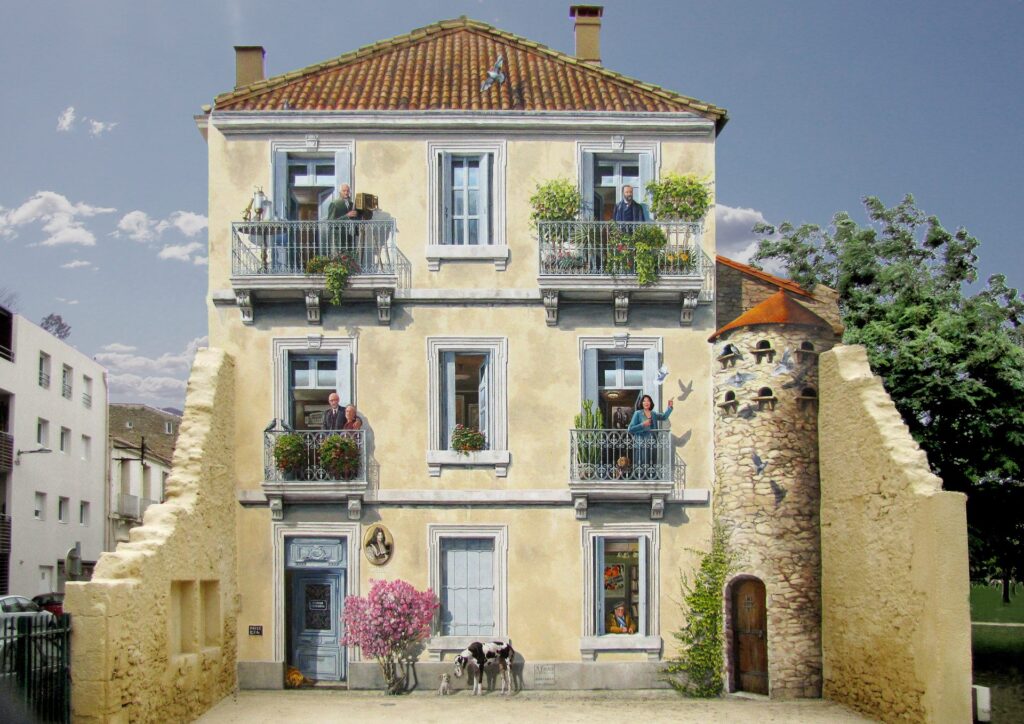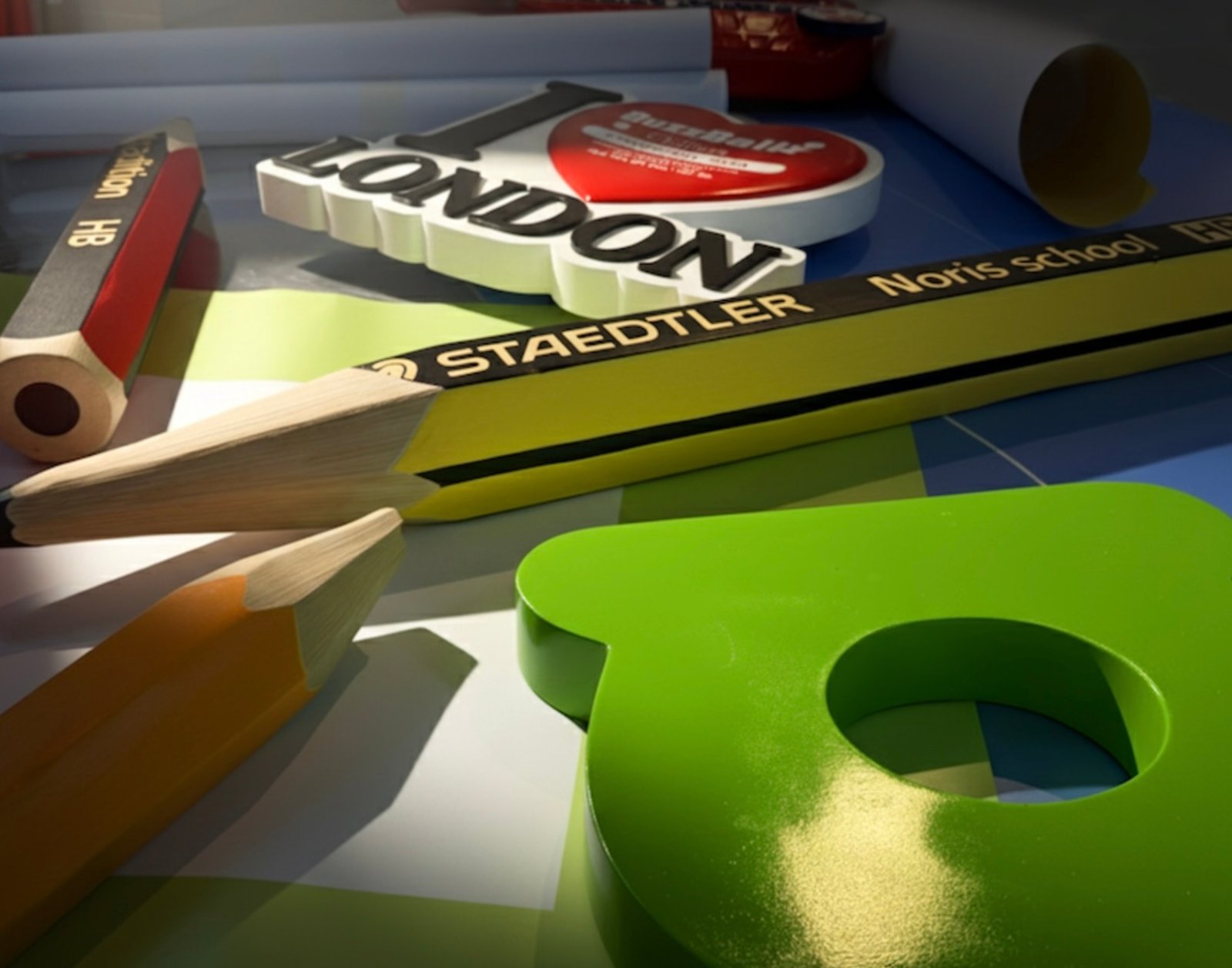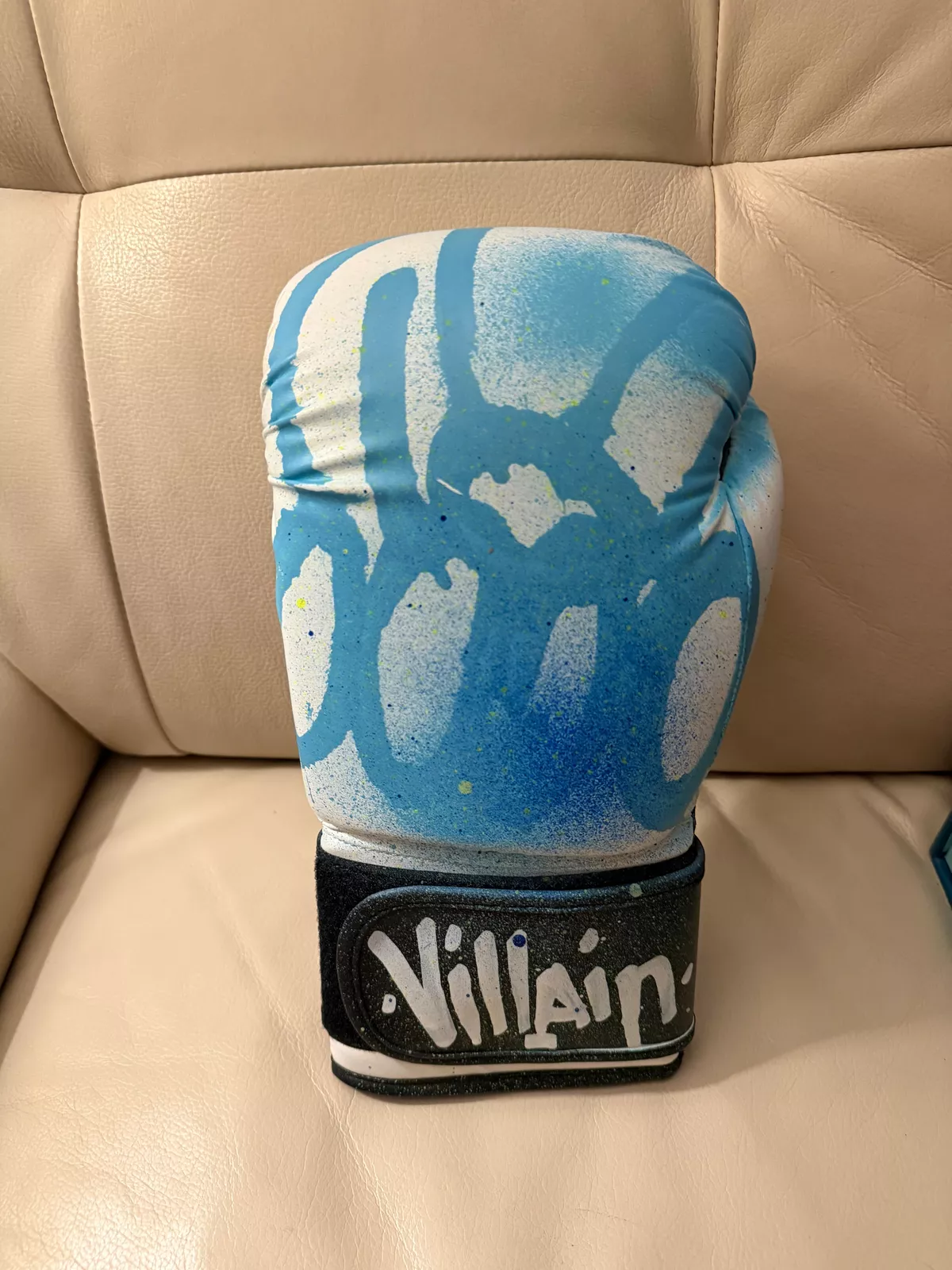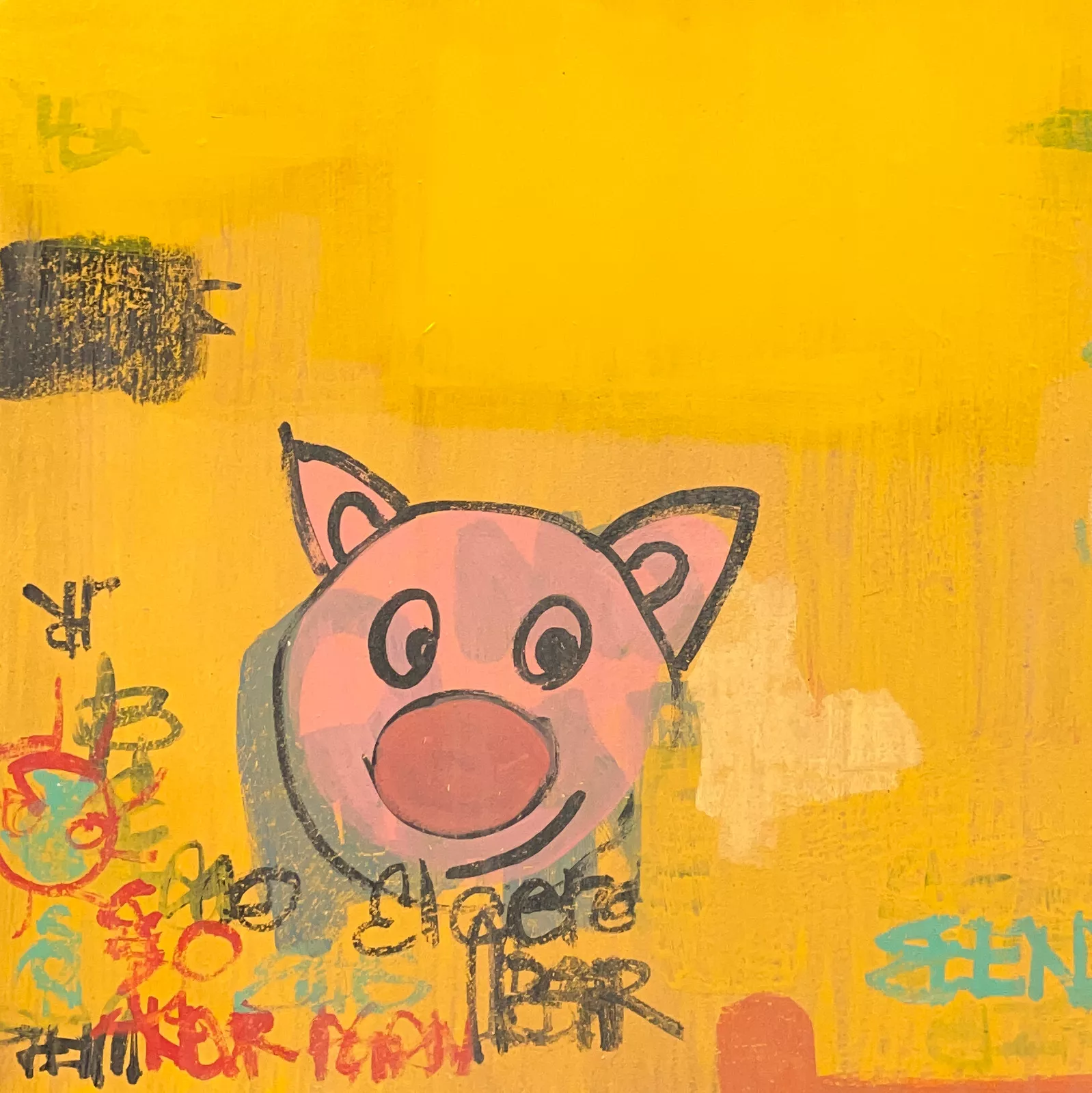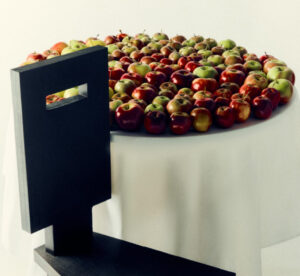Patrick Commecy, a renowned French artist, is celebrated for his extraordinary ability to transform plain walls into vibrant, three-dimensional scenes using the technique of trompe-l’œil. His murals, often infused with elements of history, culture, and local identity, bring static facades to life. One of his most iconic works resides in Montpellier, a city in southern France known for its rich architectural heritage and artistic ambiance.
This article delves into the story behind Commecy’s mural in Montpellier, exploring its artistic significance, cultural context, and the broader impression of his work on urban spaces.
The Setting: Montpellier, A City of History and Art
Montpellier, with its cobblestone streets and sun-soaked plazas, has long been a hub for art and culture. The city’s charm lies in its blend of medieval and modern architecture, making it an ideal canvas for artistic interventions. Patrick Commecy’s mural is located in the heart of this vibrant city, strategically placed to draw the attention of locals and visitors alike.
The mural’s location is more than a backdrop; it’s a part of the story. Montpellier’s commitment to public art and its embrace of creativity make it the perfect stage for Commecy’s work, which thrives on interaction between the artwork and its surroundings.
The Art of Trompe-l’œil
A Technique Rooted in Illusion
Trompe-l’œil, French for “deceive the eye,” is a painting technique that creates the illusion of three-dimensional space on a flat surface. This art form dates back to ancient Greece and Rome, where it was used to add depth to ceilings and walls. Commecy has mastered this technique, pushing its boundaries to craft murals that are not only visually stunning but also deeply connected to the communities they inhabit.
Commecy’s Approach
What sets Patrick Commecy apart is his ability to blend trompe-l’œil with storytelling. His murals often feature historical figures, local legends, and scenes that reflect the cultural identity of the area. In Montpellier, this approach transforms a once-ordinary wall into a narrative tableau that invites viewers to step into the city’s history and spirit.
The Montpellier Mural: A Closer Look
Design and Composition
Commecy’s mural in Montpellier spans an expansive facade, turning it into a lively scene that appears to leap off the wall. The composition is meticulously designed, featuring balconies, windows, and architectural details that seamlessly integrate with the existing structure. The illusion is so convincing that passersby often pause to determine where reality ends and art begins.
At the heart of the mural are figures engaged in everyday activities—talking, laughing, and observing the world around them. These characters, rendered with incredible detail, create a sense of vibrancy and connection. Some are historical personalities linked to Montpellier, while others are imagined residents who bring the scene to life.
Historical and Cultural Elements
One of the defining features of Commecy’s work is its celebration of local culture. The Montpellier mural includes references to the city’s history, such as depictions of figures from the medieval and Renaissance periods when Montpellier was a center of learning and trade. Subtle nods to Montpellier’s Mediterranean identity, from the warm color palette to the inclusion of flora typical of the region, enhance the mural’s authenticity.
A Playful Element
True to his style, Commecy adds a touch of humor and whimsy to the mural. Whether it’s a mischievous child peeking through a window or a cat perched precariously on a balcony, these details invite viewers to linger and discover the hidden stories within the artwork.
Cultural and Social Impact
Transforming Urban Spaces
Commecy’s murals do more than beautify—they revitalize. The Montpellier mural transforms an unremarkable wall into a centerpiece of the neighborhood, drawing attention and sparking conversations. It becomes a meeting point, a photo opportunity, and a symbol of the community’s identity.
Preserving Local Heritage
By incorporating historical and cultural references, Commecy’s work preserves and celebrates local heritage. In Montpellier, the mural serves as a visual archive, reminding residents and visitors of the city’s rich history while connecting it to the present.
Fostering Community Pride
Public art has the power to instill pride in communities, and Commecy’s murals are no exception. The Montpellier mural reflects the city’s unique character, creating a sense of ownership and belonging among those who encounter it.
The Process: Behind the Scenes of a Mural
Creating a mural of this scale requires careful planning and collaboration. Commecy begins with extensive research, immersing himself in the history and culture of the area. Sketches and mockups are refined in consultation with local stakeholders to ensure the mural resonates with the community.
The painting process itself is a feat of technical skill and endurance. Using scaffolding and specialized paints, Commecy and his team work tirelessly to bring the design to life. The result is a work of art that feels both spontaneous and meticulously crafted.
Commecy’s Legacy in Public Art
Patrick Commecy has completed over 300 murals across France and beyond, each one a testament to his vision and artistry. His work challenges the notion of what public art can achieve, proving that murals can be more than decorative—they can be transformative.
In Montpellier, his mural stands as a symbol of the city’s commitment to creativity and its embrace of art as a means of enhancing urban life. It’s a reminder that even the most ordinary spaces can be turned into extraordinary experiences with the right vision and talent.
Why Commecy’s Work Matters
Commecy’s murals bridge the gap between history and modernity, making heritage accessible and engaging for contemporary audiences. In Montpellier, his work ensures that the city’s rich past remains visible and celebrated.
By placing art in public spaces, Commecy democratizes access to culture. His murals can be enjoyed by anyone, regardless of age, background, or familiarity with art, making them a powerful tool for fostering inclusivity and connection.
The success of Commecy’s murals inspires other artists and communities to explore the potential of public art. His work proves that creativity has the power to transform not just walls but entire neighborhoods.
Patrick Commecy’s mural in Montpellier is more than just a painting—it’s a living canvas that captures the soul of the city. Through his mastery of trompe-l’œil, Commecy invites viewers to step into a world where history, culture, and imagination collide. The mural is a celebration of Montpellier’s unique identity, a testament to the transformative power of public art, and a lasting gift to the community.
As cities around the world seek innovative ways to revitalize urban spaces, Commecy’s work serves as a shining example of what’s possible when art meets imagination. In Montpellier, his mural stands not just as a work of art, but as a symbol of the city’s enduring spirit and creativity.
No comments yet.

